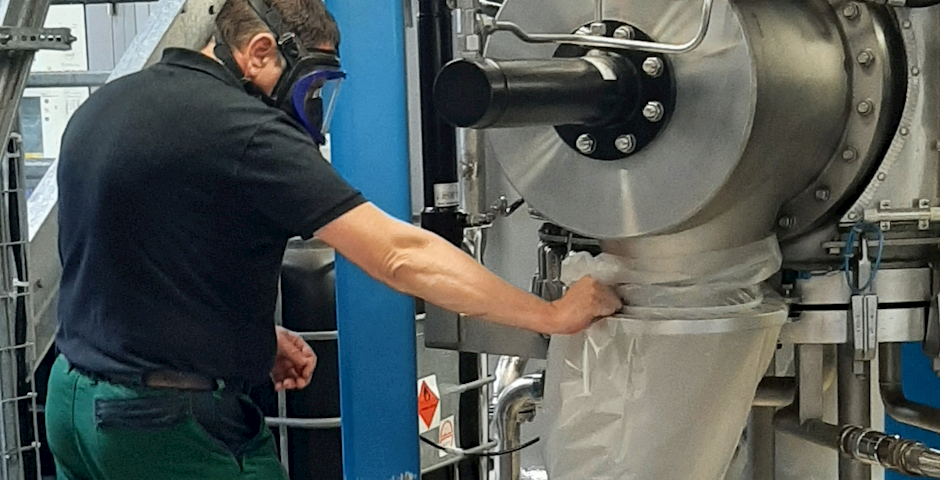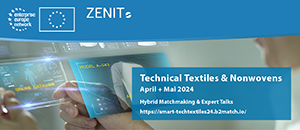
Towards a sustainable production of bioplastics from residual flows, PHA2USE and the Interreg NWE project WoW! recently took another important step. In the first extraction campaign on a pilot scale, we succeeded in producing more than 18 kg of PHBV from sewage sludge. The produced PHBV, a fully biodegradable bioplastic, is now being tested by companies on various commercial applications.
Keeping in mind the climate objectives formulated by the EU, the question is no longer whether we should re-use residual flows, but how we can achieve this in an efficient and high-quality manner. This also applies to wastewater. Wastewater is already an important source of energy and raw materials such as biogas, cellulose and phosphate. For a number of years, various (European) projects have also been looking at the possibilities for producing bioplastics from wastewater.
The pathway is clear
The production of bioplastics from wastewater takes place by means of bacteria in sewage sludge from wastewater treatment plants. These bacteria are able to convert organic substances in the wastewater into the bioplastic PHBV. This PHBV is then stored by the bacteria in their cells. To make the PHBV suitable for use, it must first be removed from the cells. This is done by means of extraction. Until now, this extraction has only been performed on a smaller scale. PHA2USE and Interreg NWE project WoW! have now also succeeded in extracting PHBV on a larger scale. This paves the way for large-scale bioplastic production from wastewater. This extraction is the lead-up to the production of larger quantities in the PHA2USE project. The installation required for this is under construction and will be commissioned in early 2022.

Biodegradable
The more than 18 kg of PHBV that has been extracted will initially be made available to four companies that are active in the processing of (bio)plastics. These companies will look at the application of the PHBV in their products. A major advantage of PHBV is that it is strong but can also be completely degraded under natural conditions. This makes the PHBV interesting for temporary applications such as in agriculture.
Cooperation
This milestone in the scaling up of PHBV production has been made possible by a unique collaboration between five Dutch water authorities, HVC, Paques Biomaterials and research partners Wetsus and Avans University of applied sciences.
Want to know more?
Would you like to know more about the production of bioplastics from wastewater, please contact info@paquesbiomaterials.nl or info@coebbe.nl.
Source
Interreg NW Europe, press release, 2021-10-04.
Supplier
Avans University of Applied Sciences
Paques Biomaterials BV
Wetsus
Share
Renewable Carbon News – Daily Newsletter
Subscribe to our daily email newsletter – the world's leading newsletter on renewable materials and chemicals









